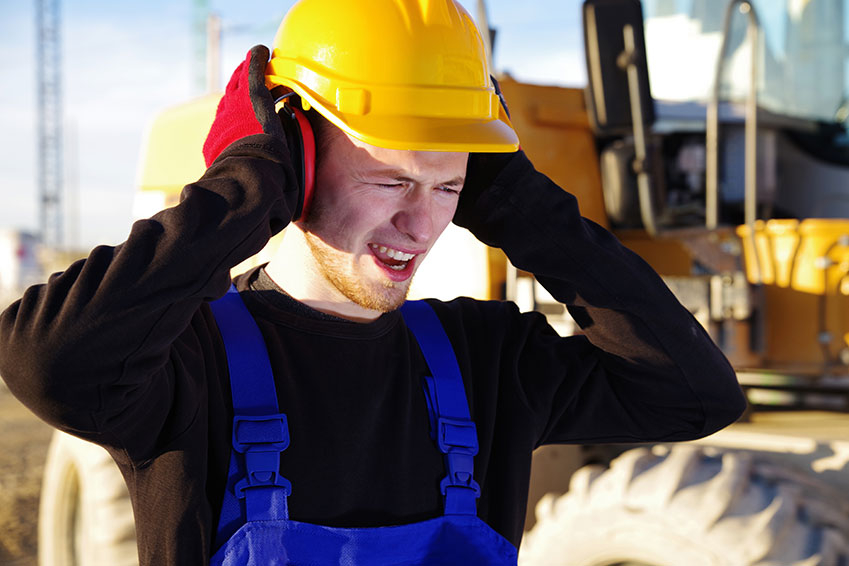In the modern workplace, exposure to excessive noise levels poses a significant risk to employee health and safety. To mitigate this risk, governments and regulatory bodies have established stringent regulations and standards for acoustic protection in workplace environments. In this comprehensive article, we’ll delve into the various regulations, standards, and guidelines that govern noise exposure in the workplace, along with their implications for employers and workers.
Introduction to Workplace Noise Regulations
Workplace noise regulations are designed to protect employees from the harmful effects of excessive noise exposure, including hearing loss, stress-related disorders, and decreased productivity. We’ll provide an overview of the regulatory landscape, highlighting key legislation such as the Occupational Safety and Health Administration (OSHA) standards in the United States, the Control of Noise at Work Regulations in the United Kingdom, and the European Union’s Noise Directive.
Understanding Noise Exposure Limits
One of the central components of workplace noise regulations is the establishment of noise exposure limits, which define the maximum allowable levels of noise exposure for workers. We’ll discuss how these limits are determined based on factors such as duration of exposure, frequency spectrum, and peak noise levels, and how they vary across different jurisdictions and industries. Additionally, we’ll explore the concept of time-weighted average (TWA) noise exposure and its role in assessing compliance with noise regulations.
Assessing Noise Levels in the Workplace
Employers are responsible for conducting noise assessments to evaluate the levels of noise exposure in their workplaces and identify areas where protective measures are needed. We’ll outline the process of conducting noise measurements using sound level meters and dosimeters, including selecting appropriate measurement locations, calculating noise exposure levels, and interpreting measurement data. Additionally, we’ll discuss the importance of periodic noise monitoring and the role of qualified acoustic consultants in conducting comprehensive noise assessments.
Implementing Engineering Controls and Personal Protective Equipment
Once noise levels have been assessed, employers must implement engineering controls and provide personal protective equipment (PPE) to reduce employee exposure to hazardous noise. We’ll explore various engineering solutions such as acoustic enclosures, soundproof barriers, and noise-reducing machinery, along with their effectiveness in mitigating noise at the source. Additionally, we’ll discuss the selection and use of hearing protection devices such as earplugs and earmuffs, including considerations for fit, attenuation, and proper usage.
Training and Education Programs
Effective noise control in the workplace requires ongoing training and education programs to raise awareness among employees about the risks of noise exposure and the importance of using protective measures. We’ll examine the elements of successful noise awareness training, including hazard identification, noise control methods, proper use of PPE, and monitoring of noise exposure levels. Additionally, we’ll discuss the role of employee involvement and feedback mechanisms in improving the effectiveness of noise control initiatives.
Compliance Monitoring and Enforcement
Regulatory agencies are responsible for monitoring compliance with workplace noise regulations and enforcing penalties for non-compliance. We’ll discuss the role of regulatory inspections, audits, and enforcement actions in ensuring that employers adhere to noise exposure limits and implement appropriate control measures. Additionally, we’ll explore strategies for proactive compliance management, including self-assessments, internal audits, and voluntary participation in noise abatement programs.
In conclusion, regulations and standards for acoustic protection in workplace environments play a critical role in safeguarding employee health and well-being. By establishing noise exposure limits, promoting engineering controls and personal protective equipment, and supporting education and training initiatives, governments and employers can create safer and healthier work environments for all employees. As our understanding of the risks associated with workplace noise continues to evolve, so too will the regulations and standards aimed at protecting workers from its harmful effects.
